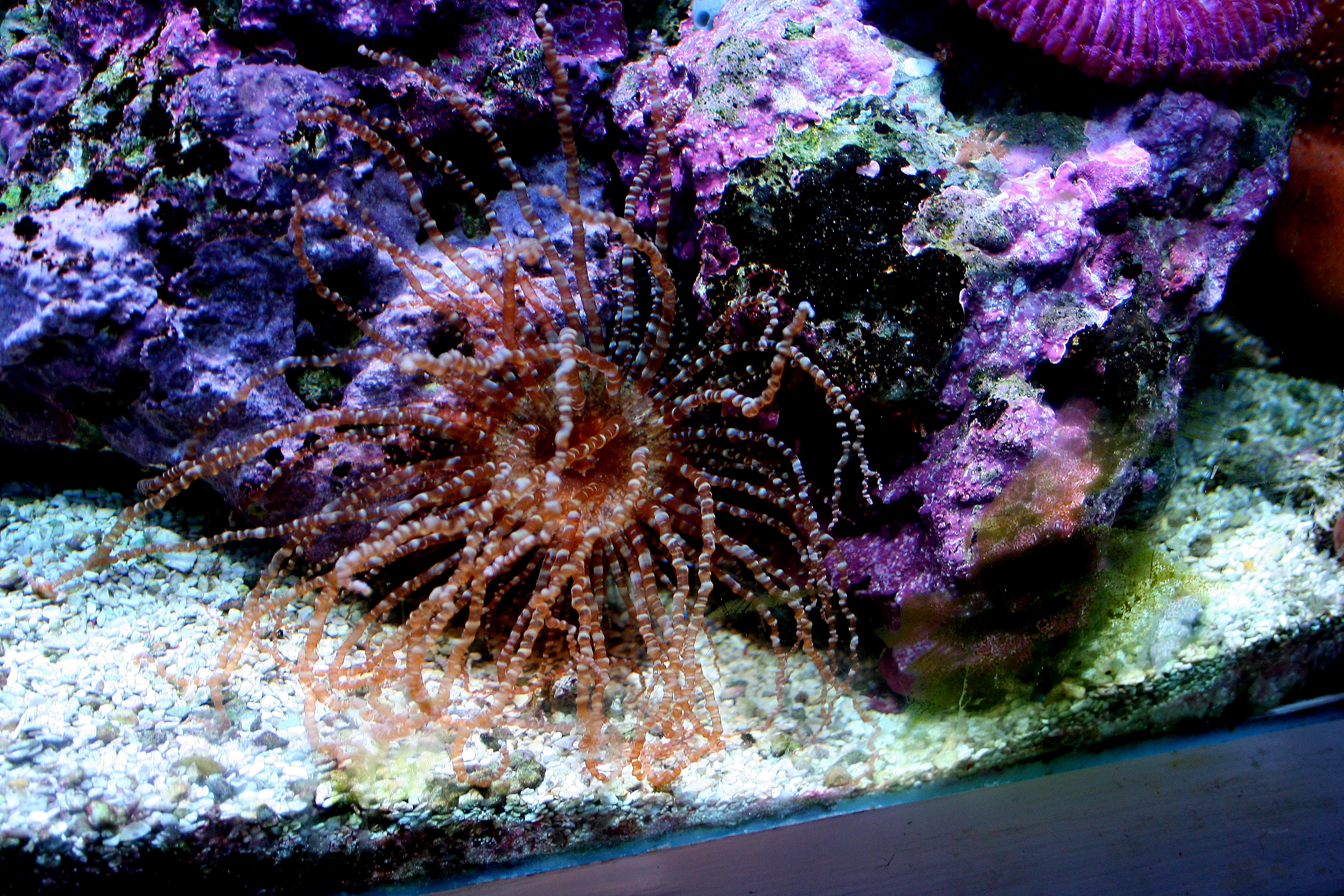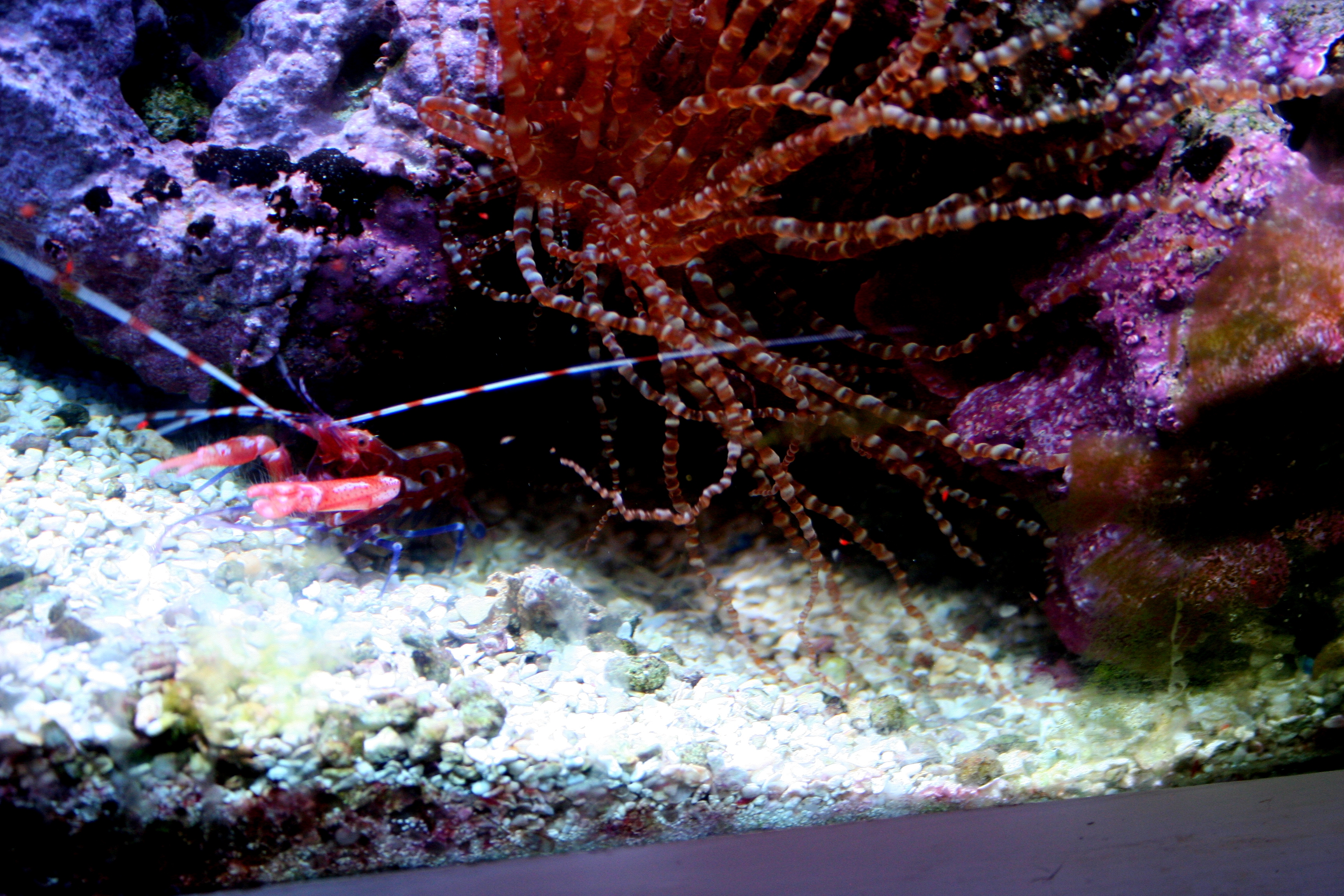Curly Q anemone eating.
- Thread starter florida joe
- Start date
mr. limpid
Active Member
Very nice, always like seeing your tank. Darn even your LR is colorful.
florida joe
Well-Known Member
Quote:
Originally Posted by Mr. Limpid http:///t/388392/curly-q-anemone-eating#post_3425040
Very nice, always like seeing your tank. Darn even your LR is colorful.
The thing is about 99 percent of my LR I took from off the beach here in Naples. Coralline seems to take to it very well.
Originally Posted by Mr. Limpid http:///t/388392/curly-q-anemone-eating#post_3425040
Very nice, always like seeing your tank. Darn even your LR is colorful.
The thing is about 99 percent of my LR I took from off the beach here in Naples. Coralline seems to take to it very well.
mr. limpid
Active Member
It must be nice to be right by an ocean, did you ever collect sea water for your water changes? I would be so tempted to collect critters, went to Cozumel once saw a bunch of things I wanted to take home.
florida joe
Well-Known Member
Well to be perfectly honest with you I took sand from the sand bar (illegally) and sand fleas legally for my sand/mud refuge. Live snails and sand dollars are illegal to take. I have seen people take water for their systems, but they do so right after the beach patrol tests for toxins which they do weekly. BTW technically speaking I live on the gulf of Mexico
Quote:
Originally Posted by Mr. Limpid http:///t/388392/curly-q-anemone-eating#post_3425068
It must be nice to be right by an ocean, did you ever collect sea water for your water changes? I would be so tempted to collect critters, went to Cozumel once saw a bunch of things I wanted to take home.
Quote:
Originally Posted by Mr. Limpid http:///t/388392/curly-q-anemone-eating#post_3425068
It must be nice to be right by an ocean, did you ever collect sea water for your water changes? I would be so tempted to collect critters, went to Cozumel once saw a bunch of things I wanted to take home.
mr. limpid
Active Member
hawkfish203
Member
Just got back from Cozumel two months ago and I thought the same thing Limpid!


florida joe
Well-Known Member
Quote:
Originally Posted by Mr. Limpid http:///t/388392/curly-q-anemone-eating#post_3425076
From Wikipedia, the free encyclopedia
Jump to: navigation, search

The Gulf of Mexico in 3D perspective
 Earth's oceans(World Ocean)
Earth's oceans(World Ocean)The Gulf of Mexico (Spanish: Golfo de México) is a partially landlocked[sup][1][/sup] ocean basin largely surrounded by the North American continent and the island of Cuba."#0645ad">[2] It is bounded on the northeast, north and northwest by the Gulf Coast of the United States, on the southwest and south by Mexico, and on the southeast by Cuba. In Texas and Louisiana it is often called the "Third Coast," in comparison with the US Atlantic and Pacific coasts. The shape of its basin is roughly oval and is approximately 810 nautical miles
Joe you are so technical had to do this just for you. LOL




